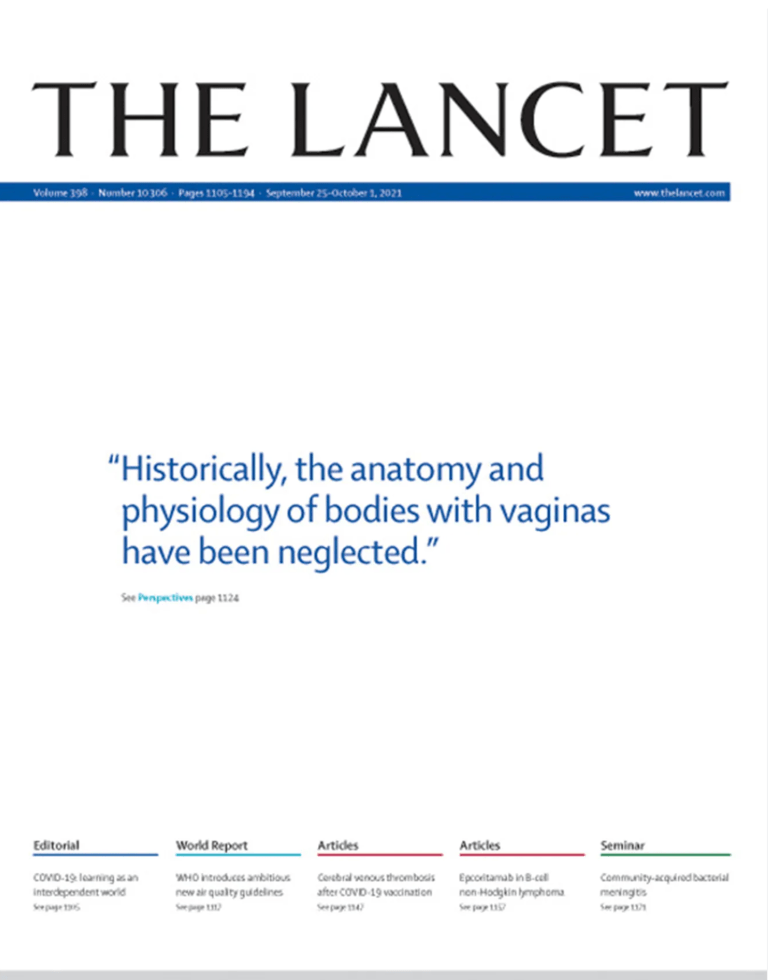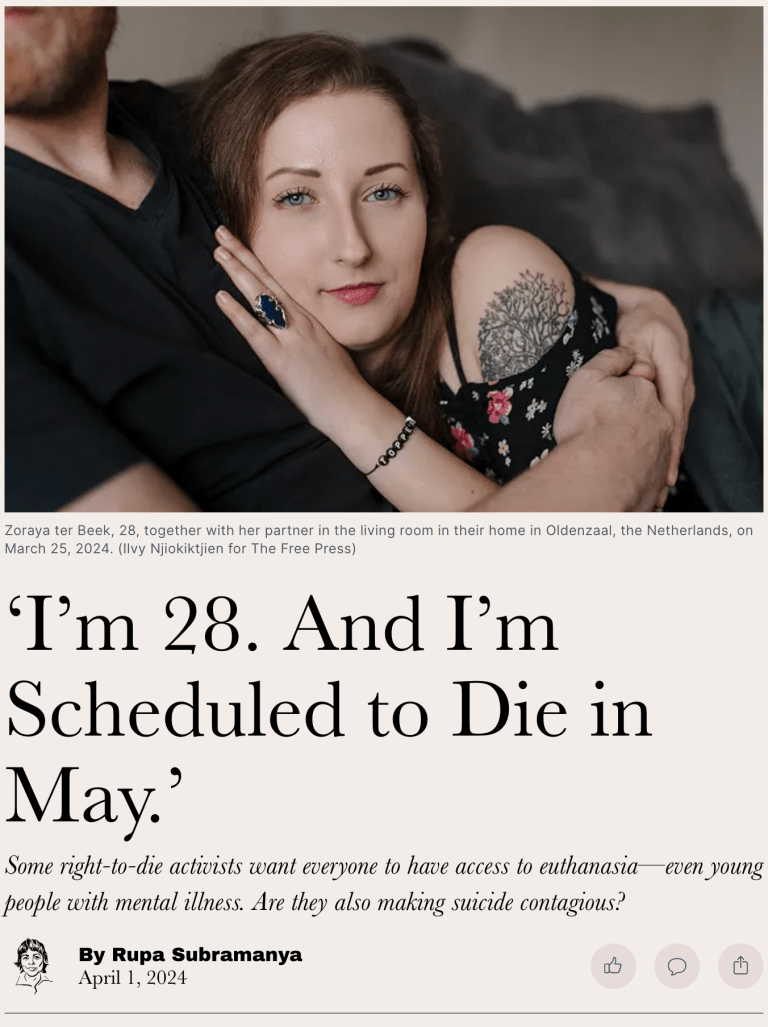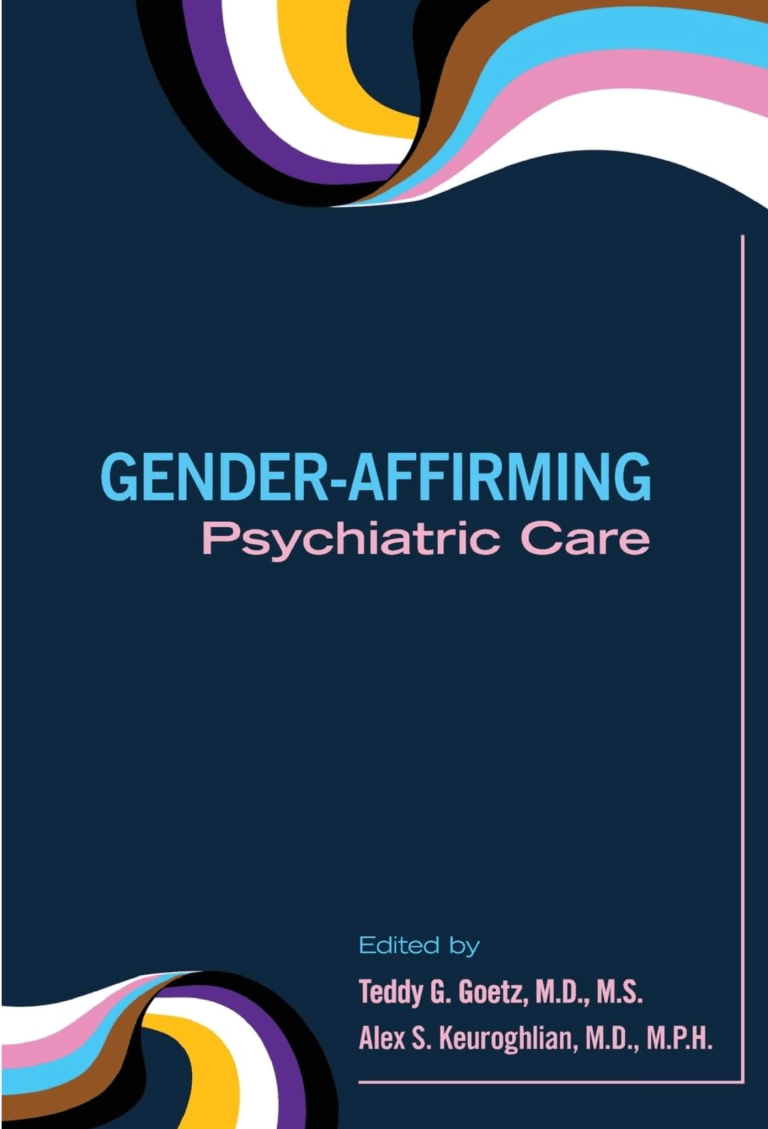The British medical journal The Lancet has become infamous for being woke (its editor is beyond redemption), and is most infamous for the cover below. As I once said, its wokeness makes it the British version of Scientific American, though it deals with original research and is entirely (or supposed to be entirely) medical in nature.
The journal has just become a bit more infamous by publishing a glowing paean to “Indigenous Peoples and their knowledges” (is “knowledge” suppose to be plural here?), seemingly making the knowledge of indigenous people coequal to the knowledge produced by modern science. In other words, it’s adopting what seems to be the national policy of science education in New Zealand.
Click to read; it’s free (the pdf is here). The authors are from Uganda, Canada, Tanzania, New Zealand (of course), the U.S., and Canada:
The main message, besides the boilerplate about oppression, is that indigenous people have knowledge that is essential in helping us solve not only the problem of global warming, but also “health discourse.”
Now you know that’s not really true. While indigenous people may have some observations bearing on the effects of both human health and especially global warming, it’s up to both national politics and international science to address global warming. (I don’t have much confidence they’ll remedy the problem.) And it’s up to modern medicine to deal with health issues. We’re way beyond the days of herbal cures and chanting. To say that indigenous “knowledges” is not only important, but “the optimal way forward” (see below) is to indulge in hyperbolic and performative rhetoric.
But let me give a few quotes.
Indigenous Dene Elder Francois Paulette from northern Canada talked about climate change at the 2015 Parliament of the World Regions and warned “Your way of life is killing my way of life.”
He ended his speech with the words: “Rise! It’s time to stand up for our future.”More than 8 years after this speech, an estimated 68% of the Northwest Territories, Canada, which includes the Dene Peoples territory, was evacuated due to 238 wildfires. Communities lost their homes and hunting and food-foraging areas and were exposed to poor air quality for months on end. Elder Francois’ words still ring true today for many Indigenous Peoples around the globe. We are still far away from the world understanding the impacts of climate change on Indigenous communities and the need to move towards efficient and comprehensive action for planetary health.
Indigenous Peoples have experienced historical and ongoing colonialism, ecocide, epistemicide, racism, and severe marginalisation and are disproportionately affected by poverty and reduced life expectancy.Yet despite these challenges they continue to protect and steward about 80% of all the remaining biodiversity on Earth. For Indigenous Peoples, every day is Earth Day, with the basis of their lives underpinned by a healthy relationship with the planet and extensive Indigenous Traditional Knowledges (ITK) developed over millennia. However, Indigenous leadership within planetary health practice to shape research, policy, and practice is still challenged by a multitude of factors.
It’s simply not true that indigenous people steward 80% of the Earth’s biodiversity. First of all, the reference seems to be talking only about Australia. Second, the reference appears to show that 80% of the Earth’s biodiversity occurs in areas occupied by indigenous people. There’s no evidence I can find that the locals are “stewarding” that biodiversity beyond the statement, “This highlights how indigenous communities have mastered how to live alongside nature in a way that other communities have not.” It seems that living in areas with biodiversity is equivalent to “stewarding” that biodiversity. But we know that’s not true. In many cases indigenous people have destroyed biodiversity, like the extensive burning of natural forest by the Māori or the burning of prairie by Native Americans not to preserve it, but to get food, as well as their mass slaughter of bison by driving them o0ver the cliffs. That killed far more animals than they can use. What kind of “stewarding” is that?
ITK is also extolled for its “practical knowledge”; and indeed, that’s where it excels: understanding the place and rhythm of where food grows, how to catch that food, how to make stuff that one needs to live (knives, baskets, and so on). But ITK is not equivalent to modern science in many ways that are important: ITK is not generally driven by hypothesis testing, double-blind congrolled experiments, statistics, an atmosphere of doubt, and so on. While ITK is a bag of practical observations, modern science is a bag of tools for finding out stuff.
The article also has the obligatory denigration of “western” science, too, and a denial that indigenous “ways of knowing,” contain more than empirical fact. But in fact ITK, like New Zealand’s Mātauranga Māori, comprises far more than practical knowledge, including religion, mythology, traditional stories, superstition, morality, and guidlines for living. My bolding below:
ITK is increasingly informing climate and biodiversity solutions. Although this is positive for Indigenous recognition, Indigenous Peoples who hold this knowledge are not usually directly involved in leading such efforts due to structural marginalisation. Implementation movements need to ensure that Indigenous Peoples and their rights are platformed first and foremost within any discussion around ITK. Additionally, ITK is often deemed myth or legend, or faces erasure within western-based institutions, despite it being replete with practical understandings of ecology, meteorology, and the relationship to the environmental rhythms gained over generations of observation and experimentation. Scientific disciplines, including within the medical and health sciences fields, therefore continue to largely marginalise ITK and there are expectations that it should conform to a western standard of evidence as the sole grading rubric of validity—a demonstration of the continuing effects of colonisation.
Well, yes, we need to bring as many voices as possible within science, but by “voices,” I don’t mean “ethnic groups”. I mean we should cast the net as wide as possible looking for scientific talent, and if we find a bit of practical indigenous knowledge to help move science forward, well, so much the better. But in the end, the statement in bold gives away the authors’ desire to “decolonize” modern science: “western standards of evidence” are apparently not the only standards of evidence for judging knowledge. But if they aren’t, what other standards should we use? Tradition, superstition, and so on? Modern science is simply a toolkit of methods used to ascertain what is true. And there are no other ways to find out what’s “valid” beyond that. (I’m using “science” as “science construed broadly” here, as, for example, what a mechanic does to find out where the problem is in a car.) If the authors think there are ways of knowing beyond this, let them tell us. As it is, you won’t find a single example in this article besides the unsubstantiated claim that indigenous people “steward” 80% of the world’s biodiversity.
It’s hard for me to go on, as this article suffers from the diagnostic problem of all such sacralizations of indigenous knowledge: a lack of examples of how indigenous knowledge has contributed to modern knowledge. A few anecdotes will not suffice. After all, the National Science Foundation has just allocated $29 million to establish a “Center for Braiding Indigenous Knowledges and Science (CBIKS)”, and there had better be substantial payoff to justify that kind of dosh.
The article goes on, but the ideas are familiar: because indigenous people were oppressed and treated badly (often true!), their “knowledges” should be seen as almost sacred, but certainly very valuable, and coequal to “western” science. But if you look at the advances that modern science has made in just 150 years in physics, chemistry, biology, and so on, none of them would even be possible with indigenous knowledge. Yet that knowledge is to be considered highly important, and, without it, say the authors, science is blinkered:
Without meaningful engagement and data representation, Indigenous initiatives are sidelined or neglected. Indigenous Peoples and their knowledges should not just be “considered” within climate change and health discourse and practice, which is typically the case now, but platformed as the optimal way forward.
Platformed as the optimal way forward? What does that mean? Why can’t ITK just be “considered”? Finally, we hear once again the notion that ITK is one of two essential eyes in science’s way of finding knowledge (I believe this metaphor comes from Canada’s First People):
Researchers, practitioners, and policy makers need “to see from one eye with the strengths of Indigenous ways of knowing, and to see from the other eye with the strengths of western ways of knowing, and to use both of these eyes together” for the survival of our planet. We need to understand that Ko au te awa, ko te awa ko au (I am the river, and the river is me).
You see how both eyes are considered necessary and coequal to move science forward? I don’t think that’s the case. Indigenous ways of knowing can, as I’ve said, add practical knowledge to what modern science has found, but it’s by no means a coequal “eye.” And I don’t understand why I have to adopt the mantra that the river is me to study hydrology. After all, I never learned much about genetics from thinking “I am the fruit fly, and the fruit fly is me.”
I’ll regard indigenous knowledge as more important when its promoters start giving us examples—real examples, not anecdotes about catching eels—of how it has made, or can make, important contributions to empirical knowledge. We shall see what the NSF’s $29 million produces.











